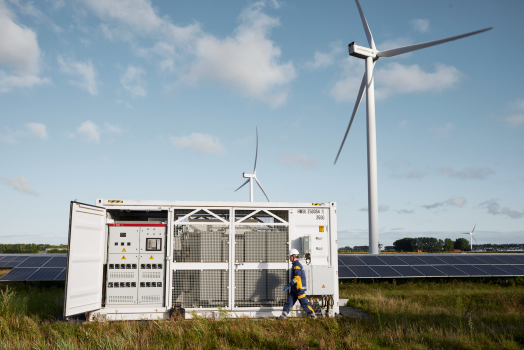Research using pioneering radar and artificial intelligence technology to track bird flight at the European Offshore Wind Deployment Centre (EOWC) at Aberdeen has revealed the flight behaviour of seabird species.
The study produced data about the flying patterns of kittiwakes, herring gulls, black-backed gulls and gannets around the wind farm, and there were no collisions or even narrow escapes recorded in over 10,000 bird videos.
Nearly all species of tracked seabirds avoided the zone of the turbine blades by adjusting their flight paths to fly in between the turbines. This pattern was similar for all three species of large gulls.
The findings form part of a €3m research investment by Vattenfall to learn more about offshore wind and the environment around the EOWDC, one of the largest programmes of its kind in the world.
The radar tracked birds flying towards Vattenfall’s Aberdeen offshore wind farm which then activated cameras and generated 3D flight tracks and video footage. This was used to identify the species of bird as they moved through the wind farm, as well as monitor whether they altered their flight path around the turbines.
The findings could help speed up the consenting process for wind farms by providing more accurate information about the risk of bird collisions using realistic values for flight speed, orientation and altitude.
Latest News
-
Building society and rugby club’s maths scheme supports 1,000 pupils
-
Accountancy firm launches fund to help staff support good causes
-
Law firm links up with charity to support workers with epilepsy
-
Kia UK partners with The Children’s Society
-
Zurich commits £3.1m to charities
-
Pets at Home’s charitable arm helps assistance dogs charity to expand
© 2019 Perspective Publishing Privacy & Cookies







Recent Stories